Growing Lemongrass Indoors: Tips On Planting Lemongrass In Pots


If you’ve ever cooked Asian cuisine, particularly Thai, there’s a good chance you’ve bought lemongrass from the grocery store. Did you know that if you’ve bought lemongrass once, you should never have to buy it again? Lemongrass is one of those wonder plants: It tastes great, it smells great, and when you cut it, the plant grows right back. As a great bonus, you can grow it straight from the stalks you buy in the grocery store. Keep reading to learn about care for indoor lemongrass plants and how to grow lemongrass indoors.
Can You Grow Lemongrass Indoors?
Can you grow lemongrass indoors? Absolutely! In fact, growing lemongrass indoors is a necessity in colder climates, as lemongrass grown outdoors will not survive the winter. If you can find lemongrass for sale in your grocery store, buy some. Pick the stalks with the greenest centers and the bulbs still intact on the bottom. Place them, bulb down, in a glass with a few inches (8 cm.) of water. Let them sit for a few weeks, changing the water frequently, until new roots begin to grow. If you’re growing lemongrass indoors, you’ll need to pick the right container. Lemongrass spreads and grows to be a few feet high (1 m.), so choose a container that’s as big as you can stand to have in your house. Make sure it has ample drainage holes. Fill the container with potting mix and water until it’s moist but not wet. Poke a hole in the center of the potting mix. Trim off the tops of the stalks and set one stalk, gently, in the hole. Fill the potting mix in around it and set the plant in a sunny place to grow.
How to Grow Lemongrass Indoors
Care for indoor lemongrass plants is easy and productive. When planting lemongrass in pots, one of the best things you can do for your plant is to harvest it frequently, as this encourages new growth. Harvesting involves cutting it with a sharp knife flush to the surface of the soil. You’ll have a whole stalk to cook with or dry, and the bulb will immediately produce new growth. Keep your pot in full sun – if it’s warm enough, set it outside. Water and fertilize frequently. If it starts to get too big for its pot, you can transplant up or harvest a few stalks, bulb and all, to cook with or transplant elsewhere.
Gardening tips, videos, info and more delivered right to your inbox!
Sign up for the Gardening Know How newsletter today and receive a free copy of our e-book "How to Grow Delicious Tomatoes".

The only child of a horticulturist and an English teacher, Liz Baessler was destined to become a gardening editor. She has been with Gardening Know how since 2015, and a Senior Editor since 2020. She holds a BA in English from Brandeis University and an MA in English from the University of Geneva, Switzerland. After years of gardening in containers and community garden plots, she finally has a backyard of her own, which she is systematically filling with vegetables and flowers.
-
 Looking For Plants To Give You The Soft And Fuzzies? Try These 5 Fuzzy Leaf Plant Options
Looking For Plants To Give You The Soft And Fuzzies? Try These 5 Fuzzy Leaf Plant OptionsLovers of texture, drama, silver foliage and tactile plants will adore these special sensory garden additions. These fuzzy leaf plant options will leave you all aglow
By Susan Albert
-
 Get Ready For A Summer Of Hummers! Grow These Full Sun Hummingbird Plants and Flowers
Get Ready For A Summer Of Hummers! Grow These Full Sun Hummingbird Plants and FlowersIf you’re lucky enough to enjoy a sunny backyard, make sure you are maxing out on your pollinator opportunities and grow these full sun hummingbird plants and flowers
By Tonya Barnett
-
 DIY Lemongrass Tea: How To Make Lemongrass Tea
DIY Lemongrass Tea: How To Make Lemongrass TeaMaking lemongrass tea is easy. Click this article for a quick DIY lemongrass tea that will wake you up with zingy goodness.
By Bonnie L. Grant
-
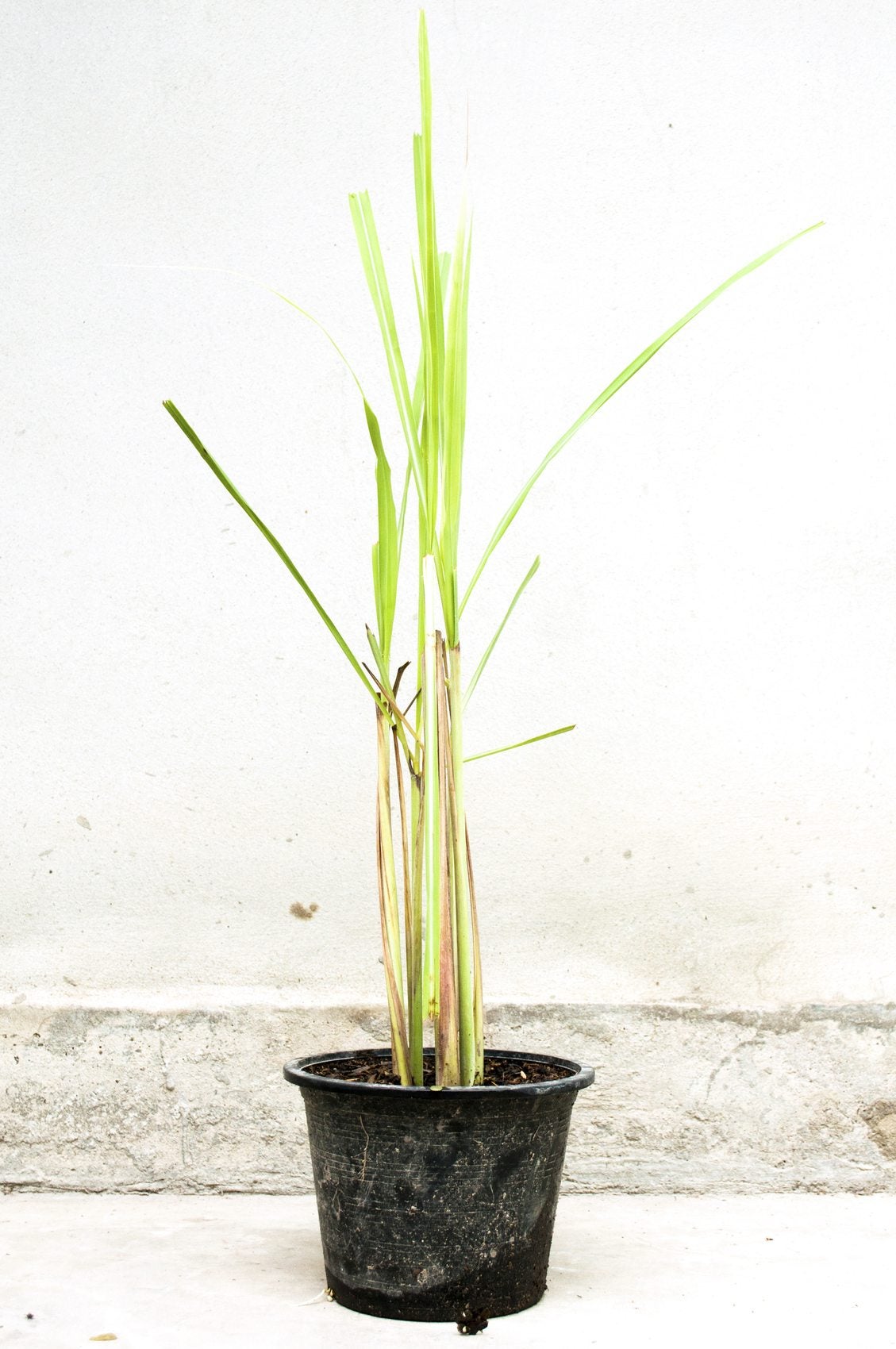 Lemongrass Repotting: How To Repot Lemongrass Herbs
Lemongrass Repotting: How To Repot Lemongrass HerbsThe one problem with growing lemongrass in containers is that it spreads quickly and will have to be divided and repotted frequently. Use the information found in this article to learn more about how to repot lemongrass.
By Liz Baessler
-
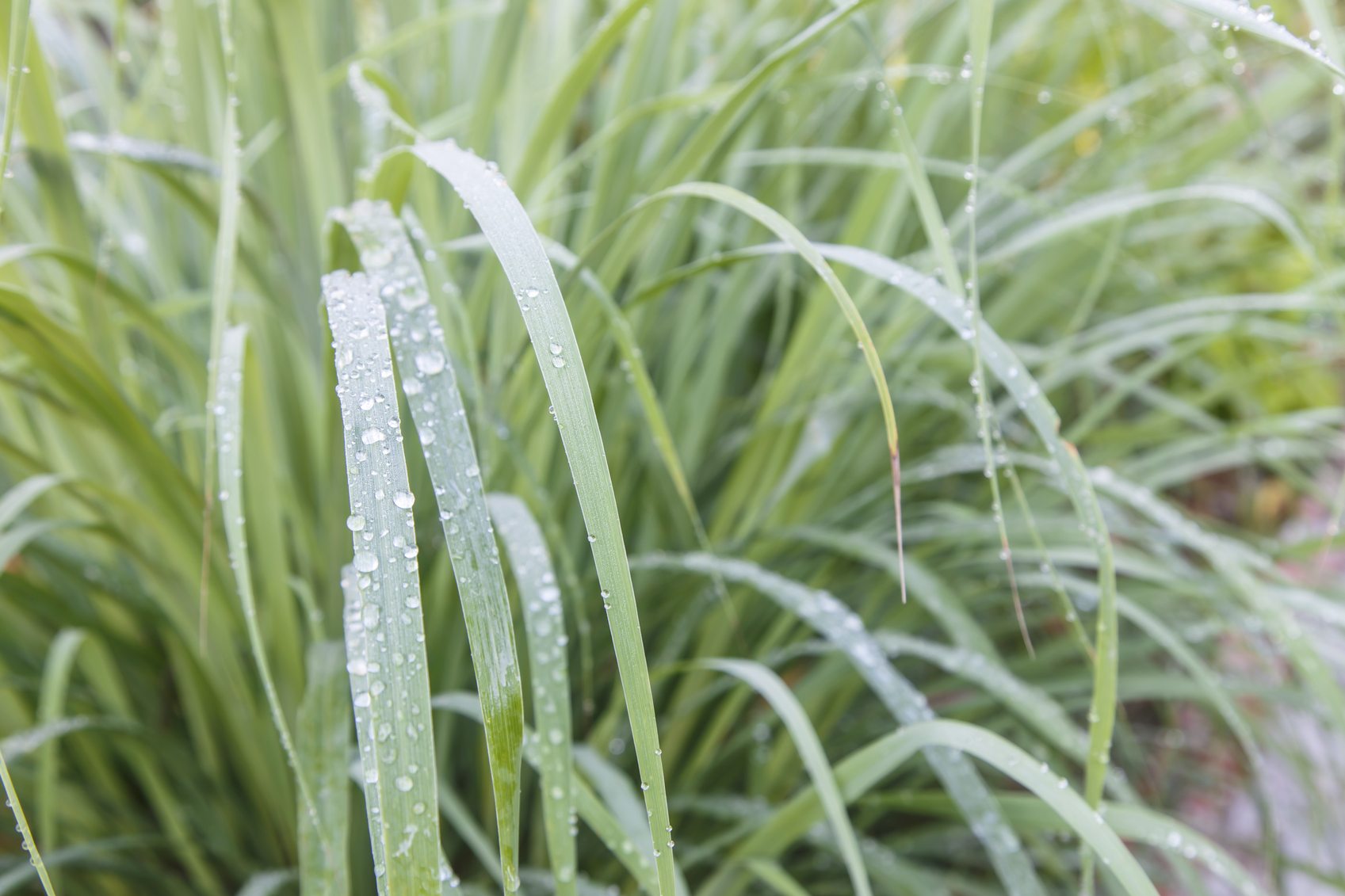 When To Water Lemongrass – What Are Lemongrass Water Requirements
When To Water Lemongrass – What Are Lemongrass Water RequirementsCaring for a lemongrass plant is easy, but one thing it is fussy about is water. Knowing when to water lemongrass and how much the plant requires is helpful. The information in this article provides tips for lemongrass watering.
By Bonnie L. Grant
-
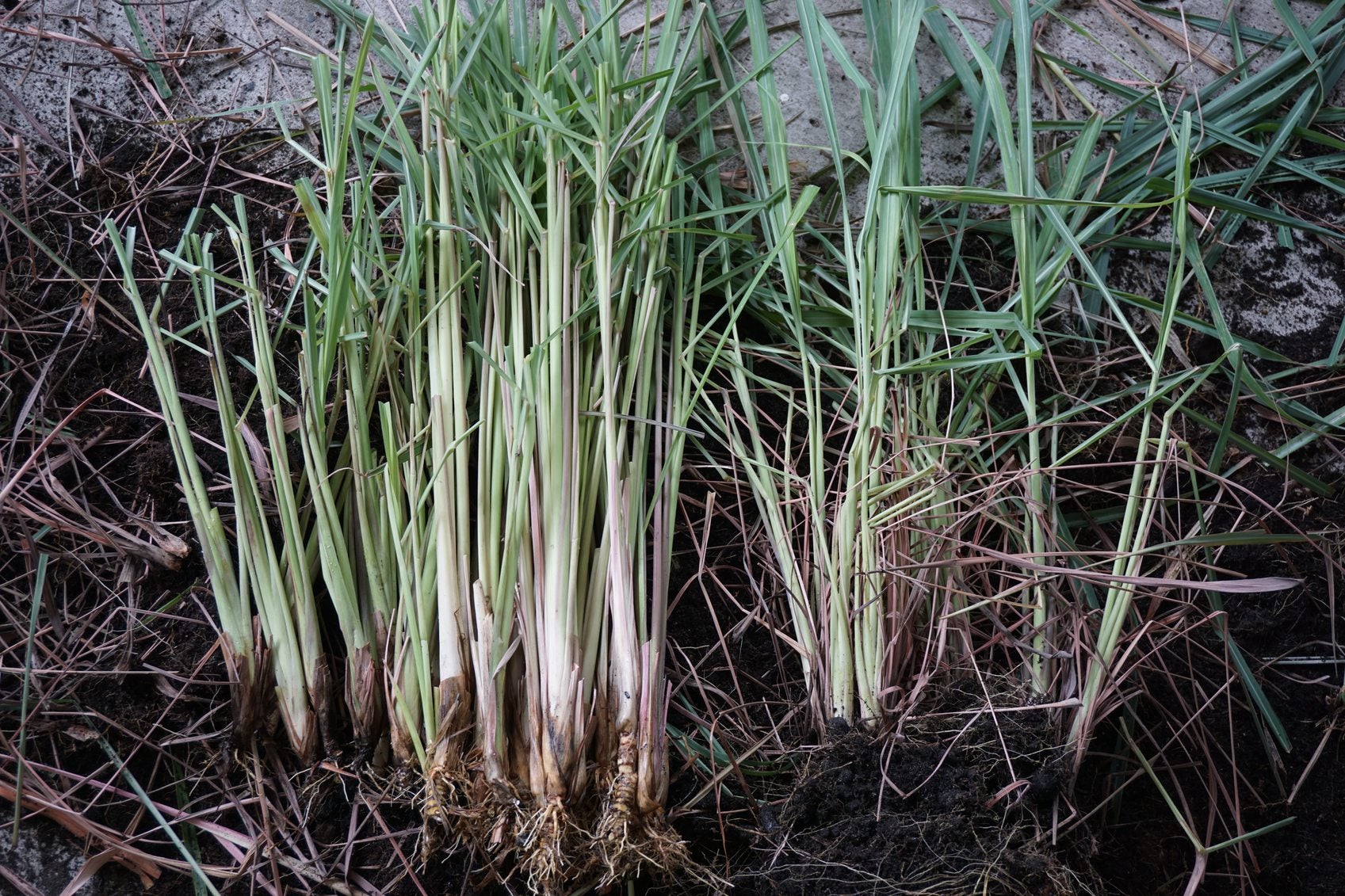 Propagating Lemongrass By Division: Tips On Dividing Lemongrass Plants
Propagating Lemongrass By Division: Tips On Dividing Lemongrass PlantsLemongrass is generally grown from stem cuttings or divisions. If you have wondered "can I propagate lemongrass," the answer is yes. Propagating lemongrass by division is the simplest process. Find out how to divide lemongrass plants here.
By Amy Grant
-
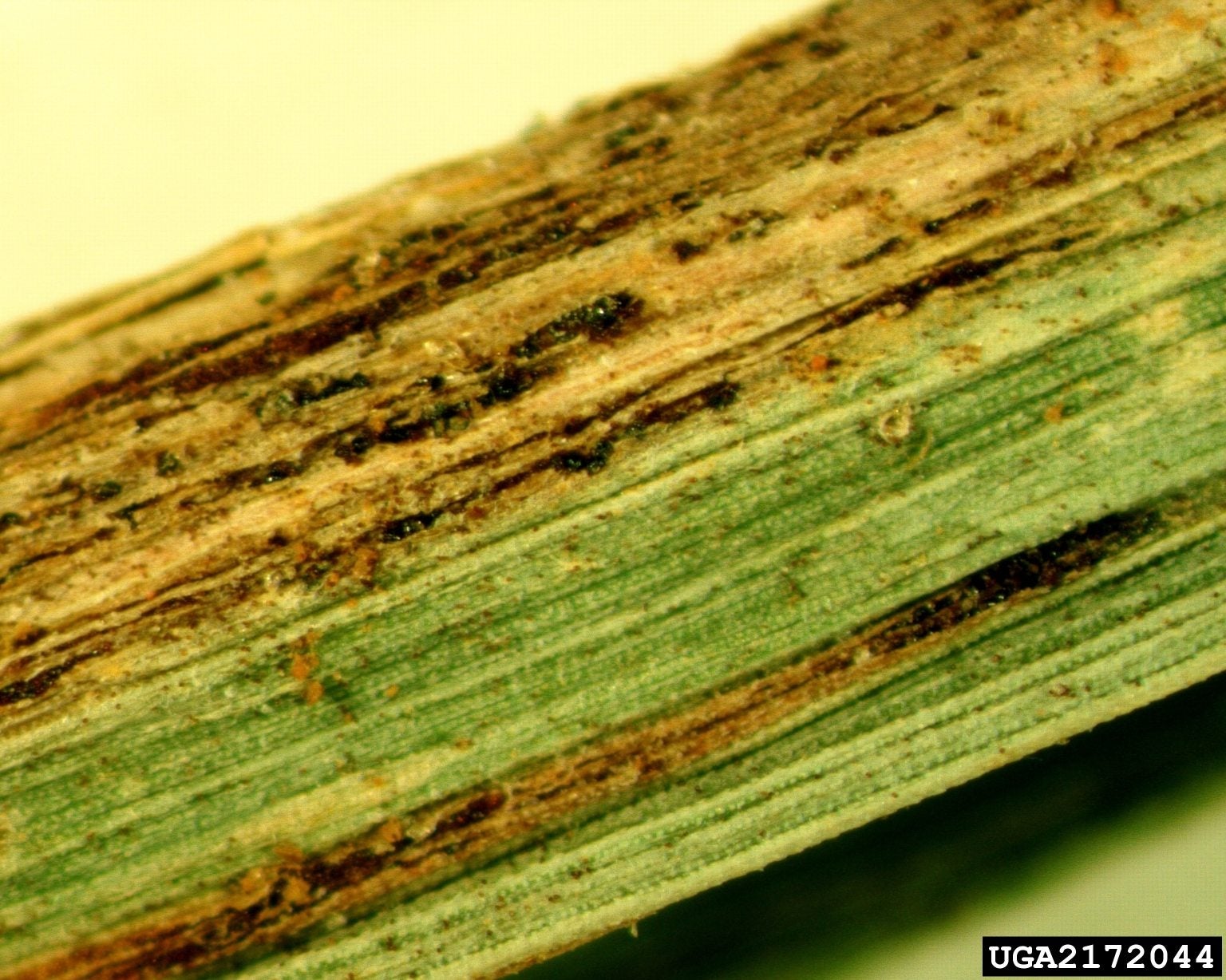 Lemongrass Plant Turning Brown: Help For Brown Leaves On Lemongrass
Lemongrass Plant Turning Brown: Help For Brown Leaves On LemongrassLemongrass is a citrus scented grass used in many Asian dishes. It also makes a lovely, easy to grow addition to the garden. Easy to grow it may be, but not without issues. Lemongrass turning brown can be a problem. Click here to learn more.
By Amy Grant
-
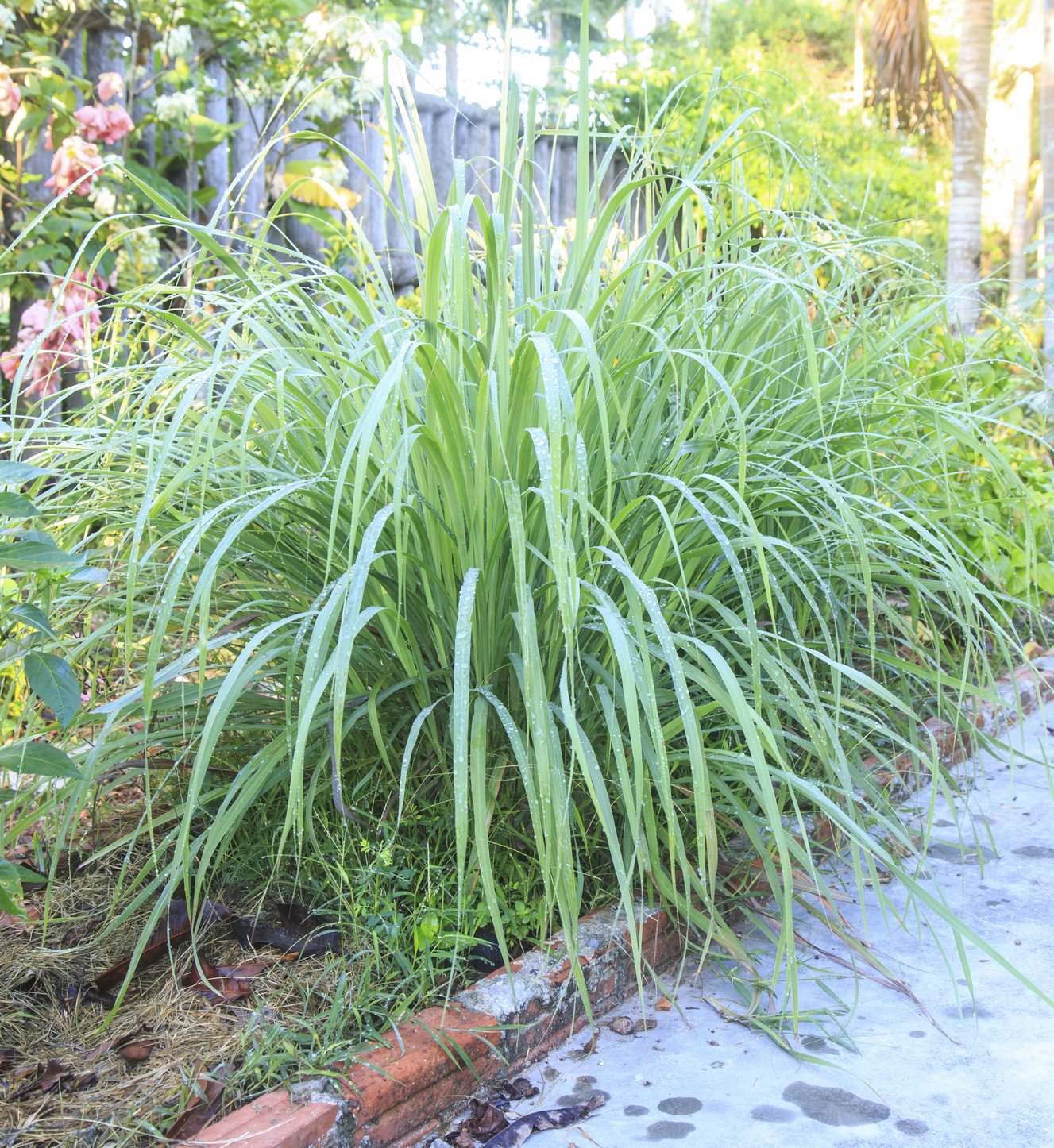 Lemongrass Companion Plants – What To Plant With Lemongrass
Lemongrass Companion Plants – What To Plant With LemongrassLemongrass is a sweet pungent, citrusy plant often used in Asian cooking. It is a sun-loving plant, so companion planting with lemongrass should include other plants that like to bask in plenty of heat and light. This article provides some suggestions.
By Bonnie L. Grant
-
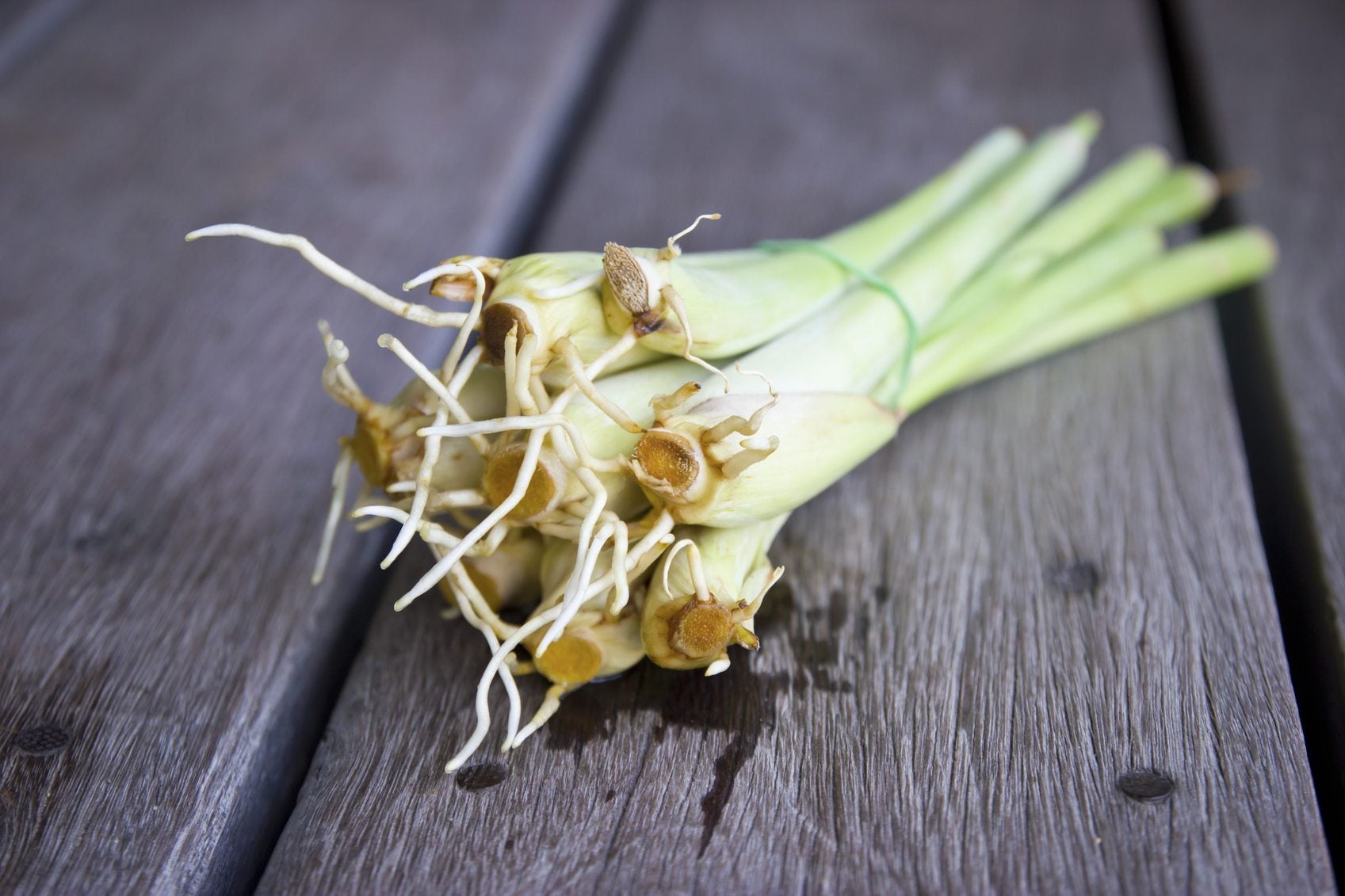 Lemongrass Propagation – Regrowing Lemongrass Plants In Water
Lemongrass Propagation – Regrowing Lemongrass Plants In WaterLemongrass propagates with a very high success rate from the cuttings you can buy at the grocery store. Learn more about propagating a lemongrass plant and regrowing lemongrass plants in water using the information found in this article.
By Liz Baessler
-
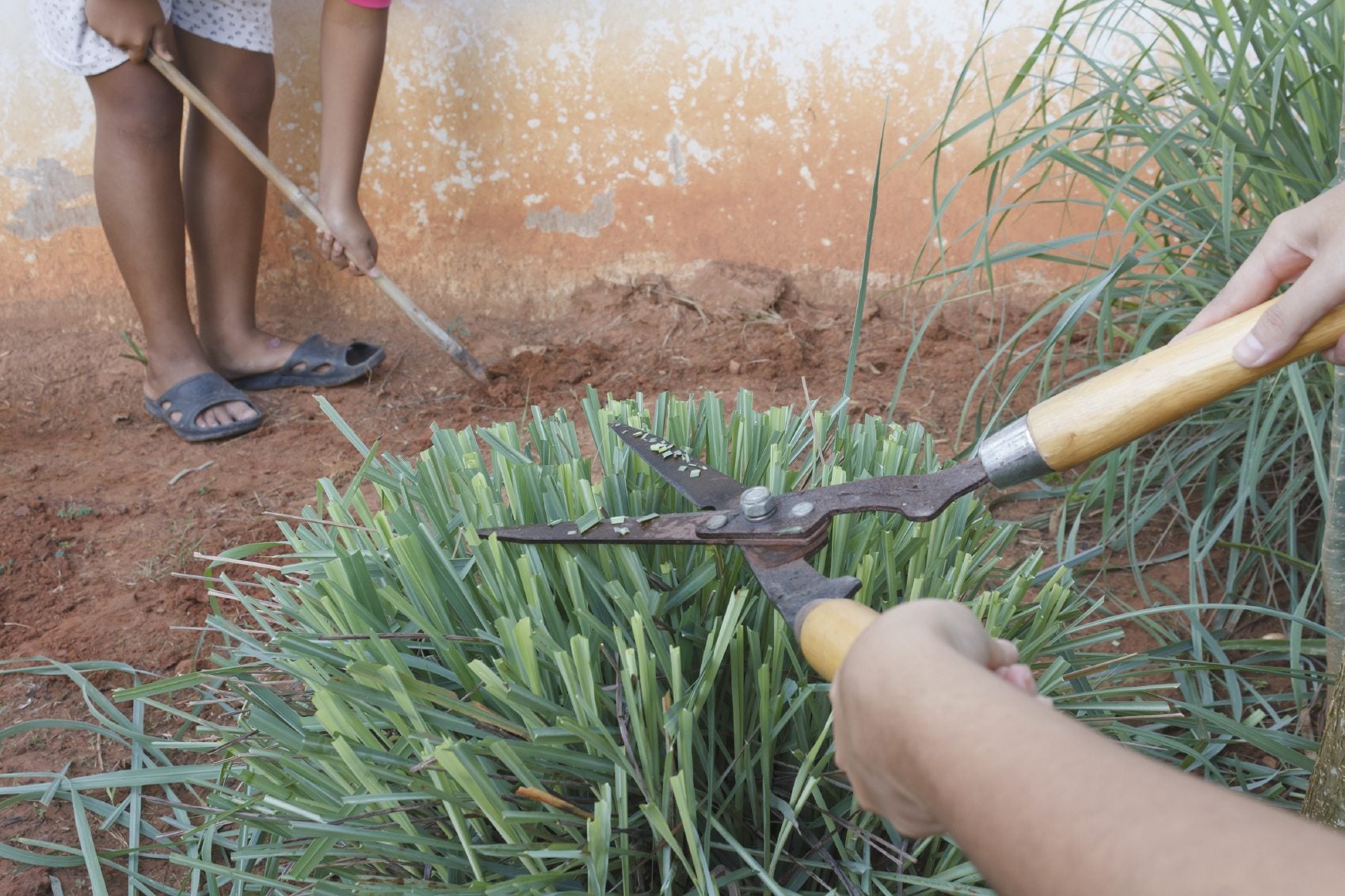 Lemongrass Pruning: How To Cut Back Lemongrass Plants
Lemongrass Pruning: How To Cut Back Lemongrass PlantsLemongrass is fast growing and can get a little unruly if not pruned back regularly. Use the information in the following article to learn more about how to cut back lemongrass. Click here for more lemongrass pruning info.
By Liz Baessler